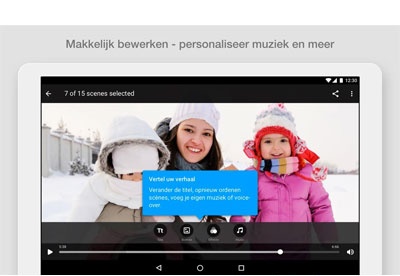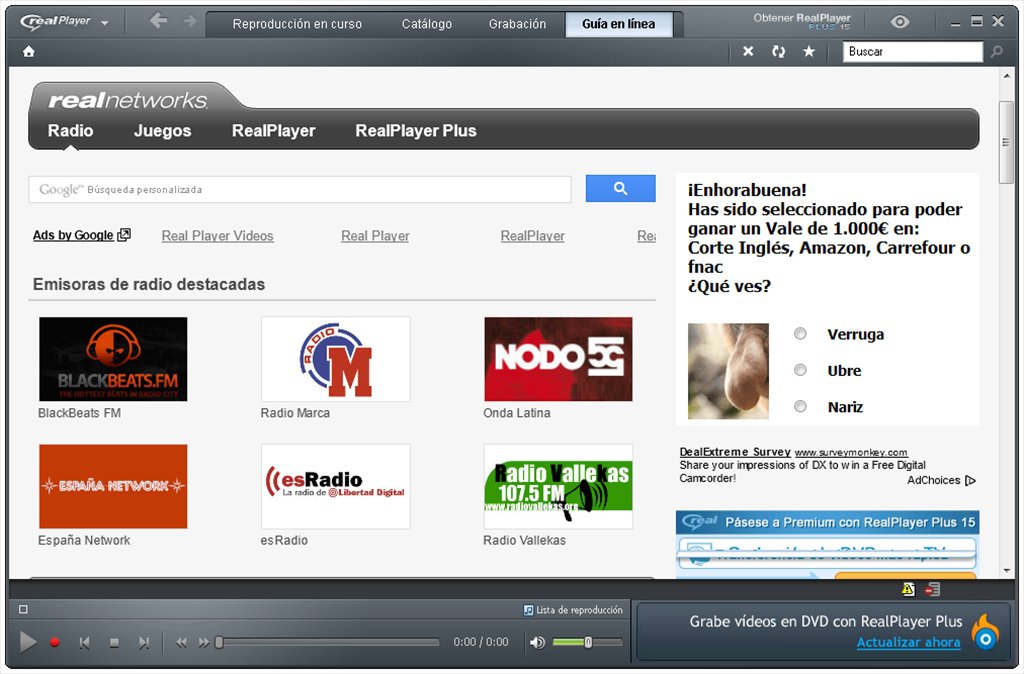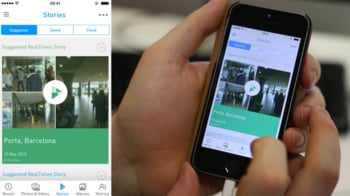

Caregivers participated in two open-ended, semi-structured interviews to explore the effect of biomusic on these interactions.

Caregivers (n = 10 parents and clinical staff) engaged in four, 10-min interactions with a person with PMD (n = 3 diagnoses = traumatic brain injury, pervasive developmental disorder, hypoxic brain injury), whose biomusic was projected throughout. This preliminary study investigated the effects of music generated in real time from physiological signals (biomusic) on caregiver perceptions of their interactions with persons with PMD. The resulting communication challenges may limit the ability of others to perceive personhood in individuals with PMD. It is often difficult for family members and caregivers to interact with persons with profound multiple disabilities (PMD) because of the severely compromised communicative repertoire of this population. We believe that the present critical review may help to reduce research fragmentation and may aid future collaboration in this emerging multidisciplinary area. Which may benefit from new capabilities in the real-time sonification of EEG data. Finally, we discuss future application domains Thirdly, we analyze sonification approaches to the various EEG data dimensions such as time-frequency filtering, signal level, location, before going on to consider higher order EEG features. Secondly, we describe our search and inclusion criteria, and then present a synoptic summary table spanning over fifty different research projects or published research findings.


Several sub-domains of real-time EEG sonification and discuss their diverse approaches and goals. The present paper presents an overview and critical review of the principal research to date in EEG data sonification. Diverse application areas include medical data screening, Brain Computer Interfaces (BCI), neurofeedback, affective computing and applications in the arts. Over the last few decades there has been steady growth in research that addresses the real-time sonification of electroencephalographic (EEG) data. Copyright © 2014 SCITEPRESS - Science and Technology Publications. Our experimental approach shows how user performance can be used for validating different sonification strategies. Our results demonstrate the importance of adaptation and personaliziation of EEG sonification according to particular applications, in our case, to a/t neurofeedback. Additionally, the higher number of sonified EEG features resulted in deeper relaxation than when training with single feature feedback. The groups with personalized feedback performed significantly better in their training than fixed mappings groups, as shown by both subjective ratings and physiological indices. The system was validated with four user groups performing alpha/theta neurofeedback training (a/t) for relaxation that varied in feedback personalization (Personalized/Fixed) and a number of sonified EEG features (Single/Multiple). We designed a new sonification system that can be used for extracting, processing and displaying Electroencephalography data (EEG) with different sonification strategies. Most Physiology-to-Sound mappings in such auditory displays do not allow customization by the end-users. Emerging applications like fatigue monitoring often use sound to convey complex dynamics of biological signals and to provide an alternative, non-visual information channel. The field of physiology-based interaction and monitoring is developing at a fast pace.


 0 kommentar(er)
0 kommentar(er)
